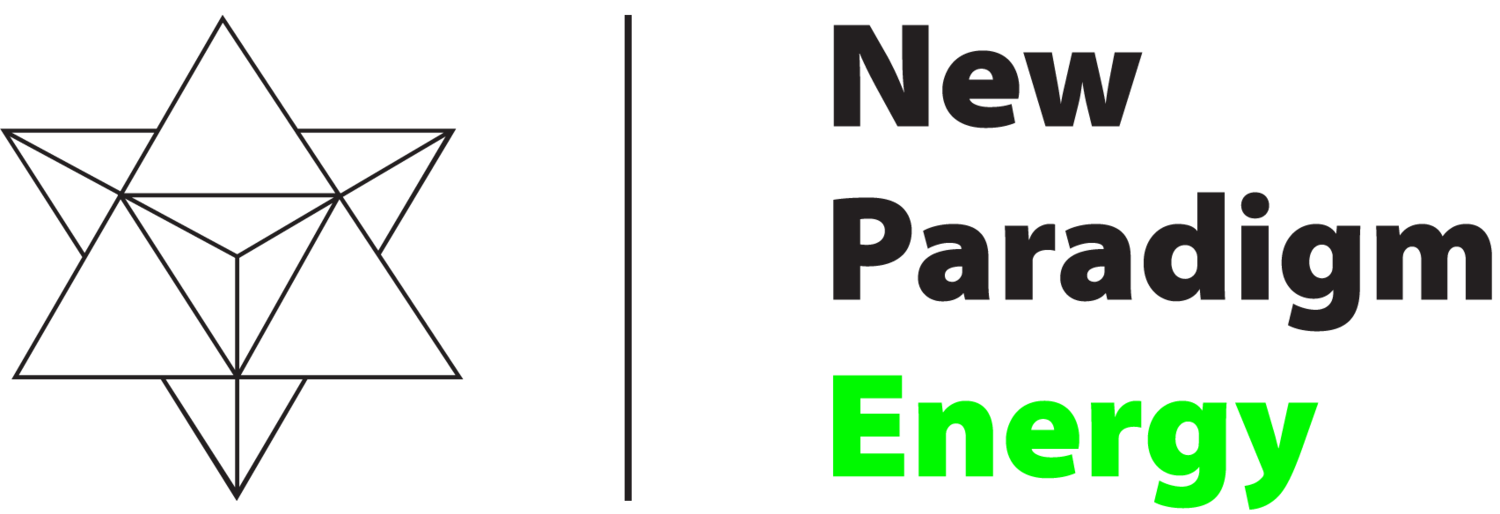The electrical grid is a complex network of power generators, transmission lines, and distribution systems that deliver electricity to homes and businesses across the country. The grid has been designed to operate on a centralized model, where large power plants generate electricity and transmit it over long distances to consumers.
However, this centralized model is facing significant challenges as the world moves towards renewable energy sources such as wind and solar power. These challenges include:
1. Intermittency of Renewable Energy Sources
Renewable energy sources such as wind and solar power are intermittent, meaning that they only generate electricity when the wind is blowing or the sun is shining. This makes it difficult to integrate these sources into the grid, which requires a constant and stable supply of electricity.
2. Limited Capacity of the Grid
The current electrical grid was not designed to handle the large amounts of renewable energy that are being generated today. As a result, there are often constraints on the grid's capacity to transmit and distribute electricity.
3. Vulnerability to Disruptions
The centralized model of the electrical grid makes it vulnerable to disruptions such as natural disasters or cyber attacks. If a large power plant goes offline, it can cause widespread outages that can take days or even weeks to restore.
Benefits of Transitioning to a Decentralized Electrical Grid
To address these challenges, many experts are advocating for a transition to a decentralized electrical grid. A decentralized grid would be made up of smaller, distributed energy resources such as rooftop solar panels and small wind turbines, connected through a network of microgrids.
Some of the benefits of a decentralized electrical grid include:
1. Increased Resilience and Reliability
A decentralized grid is more resilient and reliable than a centralized grid because it is not dependent on a single power source. If one source goes offline, other sources can continue to provide electricity to the grid.
2. Improved Integration of Renewable Energy Sources
A decentralized grid is better equipped to handle the intermittency of renewable energy sources because it can store excess energy locally and distribute it when needed.
3. Reduced Transmission Losses
A decentralized grid can reduce transmission losses because electricity is generated and consumed locally, reducing the need for long-distance transmission lines.
4. Empowerment of Consumers
A decentralized grid can empower consumers to take control of their energy usage and production. Consumers can generate their own electricity and sell excess energy back to the grid, reducing their reliance on traditional power sources.
Conclusion
The current challenges of the ISO model for the national electrical grid are significant, but a transition to a decentralized electrical grid could provide a solution. A decentralized grid would be more resilient, better equipped to handle renewable energy sources, reduce transmission losses, and empower consumers. As we move towards a more sustainable future, it is essential to consider alternative models for our electrical grid to ensure a reliable and stable supply of electricity for generations to come.
#ISOmodel #electricalgrid #renewableenergy #decentralizedgrid #resilience #reliability #integration #transmissionlosses #empowerment #sustainability #100renewablemicrodgrid #unifiedenergygeneration #UEG


